Home>Gardening & Outdoor>Landscaping Ideas>What Is Cool-Season Grass Seed


Landscaping Ideas
What Is Cool-Season Grass Seed
Published: January 30, 2024
Looking for landscaping ideas? Learn about cool-season grass seed and how it can enhance your lawn with our comprehensive guide.
(Many of the links in this article redirect to a specific reviewed product. Your purchase of these products through affiliate links helps to generate commission for Storables.com, at no extra cost. Learn more)
Introduction
Welcome to the wonderful world of cool-season grass seed! If you’re looking to transform your lawn into a lush, verdant paradise, understanding the nuances of cool-season grass seed is the first step on your journey. Whether you’re a seasoned landscaper or a novice homeowner with a green thumb, this comprehensive guide will equip you with the knowledge and insights needed to cultivate a vibrant and resilient lawn.
Cool-season grass seed is a popular choice for lawns in regions with cold winters and moderate summers. These grasses thrive in cooler temperatures, making them an ideal option for homeowners in the northern United States and other similar climates. By delving into the intricacies of cool-season grass seed, you’ll gain a deeper appreciation for the unique characteristics and care requirements of these resilient plants.
Throughout this article, we’ll explore the different types of cool-season grass seed, best practices for planting and caring for it, and essential tips to help you achieve a picturesque lawn that will be the envy of the neighborhood. So, grab your gardening gloves and let’s dive into the fascinating world of cool-season grass seed!
Key Takeaways:
- Cool-season grass seed thrives in cooler climates, maintaining vibrant green color even in winter. It’s perfect for northern regions and high-traffic areas, offering resilience and rapid establishment.
- Planting and caring for cool-season grass seed requires timing, soil preparation, and attentive maintenance. With proper care, you can enjoy a lush, vibrant lawn that enhances your outdoor space.
Read more: What Seasoning To Put On Pumpkin Seeds
Understanding Cool-Season Grass Seed
Cool-season grass seed encompasses a variety of grass species that thrive in regions with distinct seasonal changes, particularly in areas with cold winters and moderate summers. These grasses exhibit optimal growth when temperatures range between 60 and 75 degrees Fahrenheit, making them well-suited for cooler climates. Unlike warm-season grasses that flourish in the heat of summer, cool-season grasses reach their peak growth during the cooler months of the year.
One of the defining characteristics of cool-season grass seed is its remarkable resilience in the face of chilly temperatures. This resilience allows cool-season grasses to maintain their vibrant green hue even as winter sets in, providing an attractive and inviting landscape amidst the frosty surroundings. Additionally, cool-season grasses have the remarkable ability to endure foot traffic and recover from damage, making them an excellent choice for high-traffic areas in residential and commercial landscapes.
Another noteworthy trait of cool-season grass seed is its adaptability to a wide range of soil types, including clay, loam, and sandy soils. This versatility enables these grasses to thrive in various environments, from lush suburban lawns to expansive rural fields. Furthermore, cool-season grasses are known for their rapid germination and establishment, allowing for relatively quick coverage of bare soil and expedited lawn development.
Understanding the unique attributes of cool-season grass seed is essential for homeowners and landscapers seeking to create resilient, visually appealing lawns. By harnessing the natural strengths of these grasses and providing them with proper care and maintenance, you can cultivate a stunning lawn that remains vibrant and lush throughout the changing seasons.
Types of Cool-Season Grass Seed
Cool-season grass seed encompasses a diverse array of grass species, each with its own distinct characteristics and suitability for specific environments. Understanding the various types of cool-season grass seed is crucial for selecting the most suitable option for your lawn based on factors such as climate, soil type, and intended use.
1. Kentucky Bluegrass: Known for its lush, dense growth and rich green color, Kentucky bluegrass is a popular choice for lawns in cool, northern regions. This resilient grass species exhibits excellent tolerance to foot traffic and possesses a fine texture, creating a velvety appearance when properly maintained.
2. Fescue: Fescue grasses, including tall fescue and fine fescue, are prized for their adaptability to a wide range of soil types and their remarkable drought tolerance. Tall fescue is particularly well-suited for lawns with high foot traffic, while fine fescue thrives in shaded areas and requires minimal maintenance.
3. Perennial Ryegrass: Perennial ryegrass is valued for its rapid germination and establishment, making it an excellent choice for overseeding existing lawns or quickly establishing new ones. This grass species exhibits exceptional wear tolerance and is often included in seed mixtures to enhance the overall resilience of the lawn.
4. Creeping Bentgrass: Creeping bentgrass is renowned for its fine texture and low growth habit, making it an ideal choice for golf course putting greens and other finely manicured turf areas. This grass species thrives in cool, humid climates and requires meticulous maintenance to preserve its impeccable appearance.
5. Annual Ryegrass: While not a true perennial, annual ryegrass is commonly used as a temporary cover crop or quick-fix solution for bare soil. Its rapid growth and establishment make it a popular choice for overseeding warm-season lawns during the cooler months, providing temporary green coverage until warm-season grasses rebound.
By familiarizing yourself with the distinct characteristics of these cool-season grass seed varieties, you can make informed decisions when selecting the most suitable grass species for your lawn. Whether you prioritize resilience, fine texture, rapid establishment, or specific environmental adaptability, there’s a cool-season grass seed type that aligns perfectly with your landscaping goals.
When choosing cool-season grass seed, look for varieties like Kentucky bluegrass, fescue, and ryegrass. These grasses thrive in cooler temperatures and are ideal for lawns in northern regions.
Best Practices for Planting Cool-Season Grass Seed
Planting cool-season grass seed is a rewarding endeavor that can yield a lush, vibrant lawn when approached with careful planning and adherence to best practices. Whether you’re establishing a new lawn or overseeding an existing one, following these guidelines will set the stage for successful germination, robust growth, and long-term lawn vitality.
1. Timing Is Key: The optimal time to plant cool-season grass seed is during the early fall or early spring. These periods offer favorable soil temperatures and moisture levels, creating an ideal environment for seed germination and establishment.
2. Soil Preparation: Prepare the soil by removing debris, loosening compacted areas, and incorporating organic matter such as compost to improve soil structure and fertility. A well-prepared seedbed provides an optimal foundation for healthy root development.
3. Seed Selection: Choose high-quality grass seed that is well-suited for your specific climate and soil conditions. Consider seed mixtures that combine different grass species to enhance resilience and address varying environmental challenges.
4. Even Seed Distribution: Use a broadcast spreader or seed spreader to achieve uniform seed distribution across the planting area. This ensures consistent coverage and promotes balanced growth throughout the lawn.
5. Seed-to-Soil Contact: After spreading the seed, lightly rake the soil to ensure proper seed-to-soil contact, which is essential for germination. Avoid burying the seeds too deeply, as they require access to light and air for successful emergence.
6. Watering Regimen: Keep the seeded area consistently moist by watering lightly several times a day, particularly during the germination and early growth stages. Avoid overwatering, as excessive moisture can lead to fungal issues and hinder seedling development.
7. Maintenance: Once the grass seed has germinated, gradually transition to a regular watering schedule. As the seedlings mature, adjust the watering frequency and mowing height to promote healthy root development and overall lawn resilience.
By adhering to these best practices, you can maximize the success of your cool-season grass seed planting efforts and lay the groundwork for a vibrant, resilient lawn. With proper timing, meticulous soil preparation, and attentive care during the critical establishment phase, you’ll be well on your way to enjoying a picturesque cool-season lawn that enhances the beauty of your outdoor space.
Caring for Cool-Season Grass Seed
Once your cool-season grass seed has germinated and established a foothold in your lawn, providing attentive care is essential to nurture its growth and maintain a lush, resilient turf. By incorporating proper maintenance practices and addressing the unique needs of cool-season grasses, you can ensure that your lawn remains healthy and vibrant throughout the seasons.
1. Mowing: Regular mowing is crucial for promoting healthy growth and maintaining an aesthetically pleasing lawn. Adjust your mower to the appropriate height for your grass species, typically between 2.5 to 3.5 inches, and adhere to the one-third rule, which recommends removing no more than one-third of the grass blade length in a single mowing session.
2. Fertilization: Apply a balanced, slow-release fertilizer specifically formulated for cool-season grasses. Timing is key, with early fall and late spring serving as optimal periods for fertilization to support vigorous growth and resilience during challenging weather conditions.
3. Watering: Cool-season grasses benefit from consistent moisture, particularly during dry periods. Deep, infrequent watering encourages robust root development and helps the lawn withstand environmental stress. Monitor weather patterns and adjust your watering schedule accordingly to maintain adequate soil moisture levels.
4. Weed Control: Implement a proactive approach to weed management by regularly inspecting your lawn for invasive species. Utilize targeted herbicides or manual removal to address weeds promptly and prevent them from competing with the grass for essential nutrients and space.
5. Aeration: Periodic core aeration alleviates soil compaction and enhances air, water, and nutrient penetration to the grassroots. This practice promotes a healthier root system and overall lawn vigor, particularly in areas with heavy foot traffic or dense, clay-rich soil.
6. Overseeding: To rejuvenate thin or patchy areas in your lawn, consider overseeding with a high-quality cool-season grass seed mixture. This practice helps replenish the turf, improve density, and address bare spots, contributing to a more uniform and resilient lawn.
7. Seasonal Adjustments: Tailor your lawn care practices to align with seasonal changes, such as adjusting mowing height, irrigation frequency, and fertilization timing based on the specific needs of cool-season grasses during different times of the year.
By incorporating these essential care practices into your lawn maintenance routine, you can foster the health and vitality of your cool-season grass seed, resulting in a lush, resilient lawn that enhances the beauty of your outdoor space. With diligent care and a proactive approach to maintenance, you’ll enjoy the rewards of a vibrant, thriving lawn that serves as a welcoming backdrop for outdoor enjoyment and relaxation.
Read more: What Season Does Dandelions Germinate
Conclusion
Congratulations on embarking on a journey to explore the fascinating realm of cool-season grass seed! By delving into the intricacies of these resilient grasses and learning how to effectively plant and care for them, you’ve taken a significant step toward nurturing a vibrant, lush lawn that will be the pride of your outdoor space.
Understanding the unique characteristics of cool-season grass seed, from its adaptability to cooler climates to its remarkable resilience in the face of environmental challenges, provides valuable insights that empower you to make informed decisions when selecting, planting, and maintaining your lawn. Whether you opt for Kentucky bluegrass, fescue, perennial ryegrass, or other cool-season grass species, each variety brings its own set of strengths and attributes that contribute to the overall health and beauty of your lawn.
As you embark on the journey of planting cool-season grass seed, remember the importance of timing, soil preparation, and attentive care during the critical establishment phase. By adhering to best practices and providing diligent maintenance, you’ll lay the groundwork for a vibrant, resilient lawn that flourishes throughout the seasons, providing a welcoming and visually appealing outdoor environment for your family and guests to enjoy.
Whether you’re a seasoned landscaper or a first-time homeowner eager to create a picturesque lawn, the knowledge and insights gained from this guide will serve as valuable resources as you cultivate and care for your cool-season grass seed. Embrace the process with enthusiasm and patience, and relish the transformation of your outdoor space as your lawn flourishes and becomes a source of pride and natural beauty.
With the right approach to planting, nurturing, and maintaining your cool-season grass seed, you’ll witness the rewarding evolution of your lawn into a vibrant, resilient landscape that enhances the aesthetic appeal and livability of your outdoor sanctuary. Embrace the journey, celebrate the progress, and savor the beauty of your flourishing cool-season lawn!
Frequently Asked Questions about What Is Cool-Season Grass Seed
Was this page helpful?
At Storables.com, we guarantee accurate and reliable information. Our content, validated by Expert Board Contributors, is crafted following stringent Editorial Policies. We're committed to providing you with well-researched, expert-backed insights for all your informational needs.
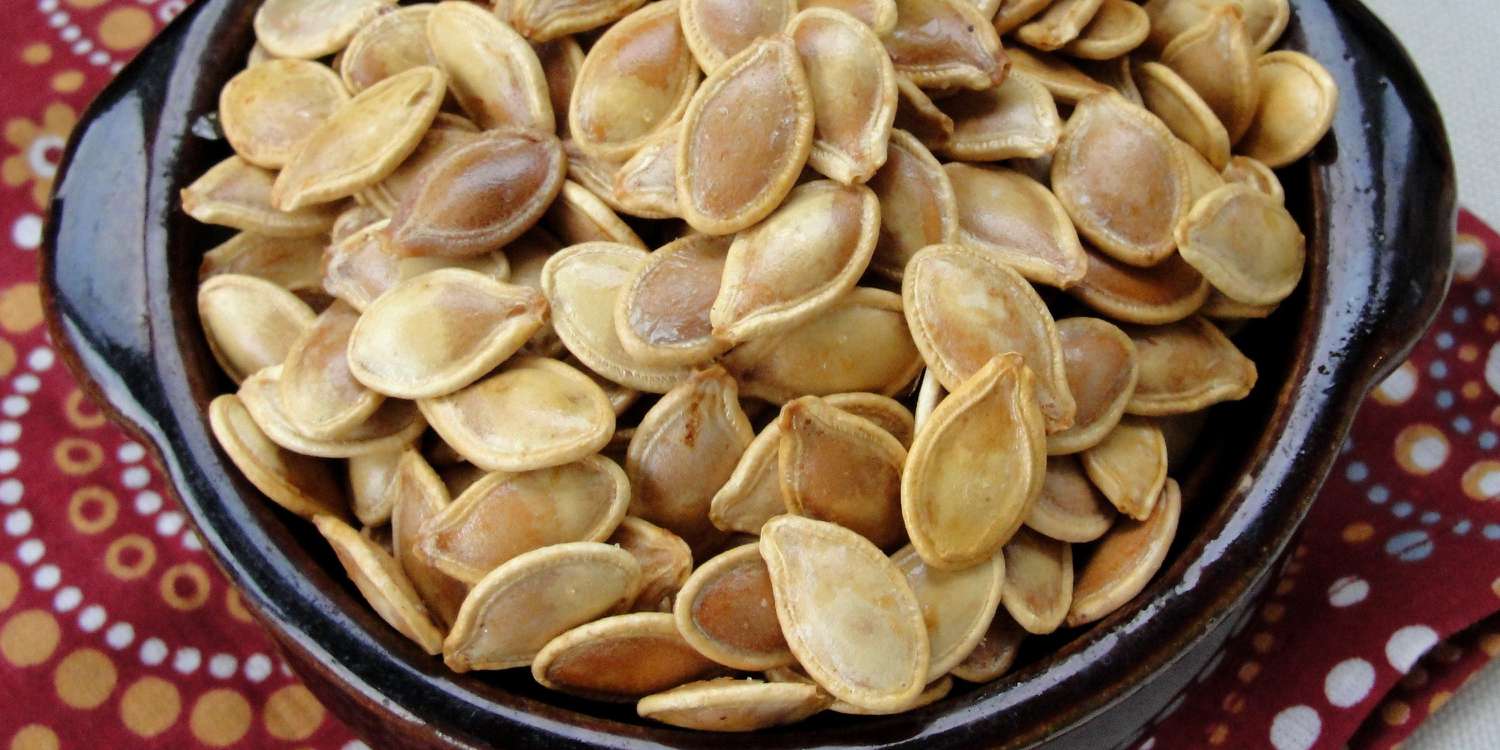
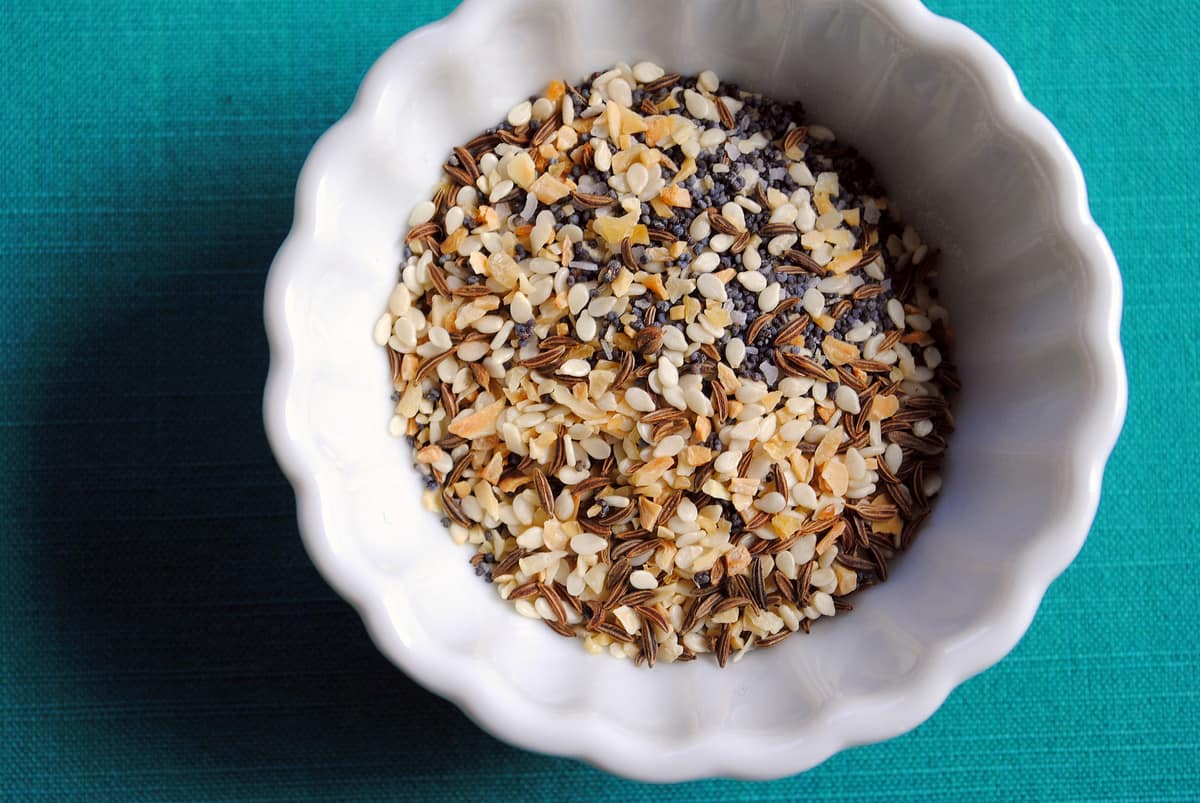
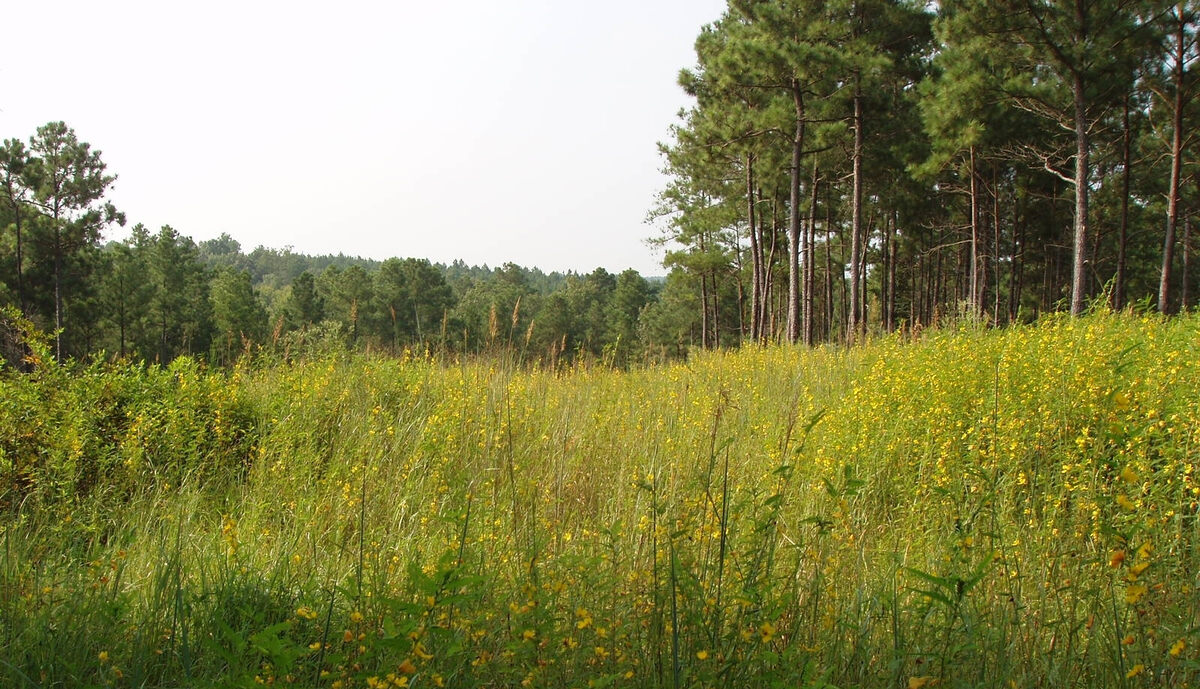
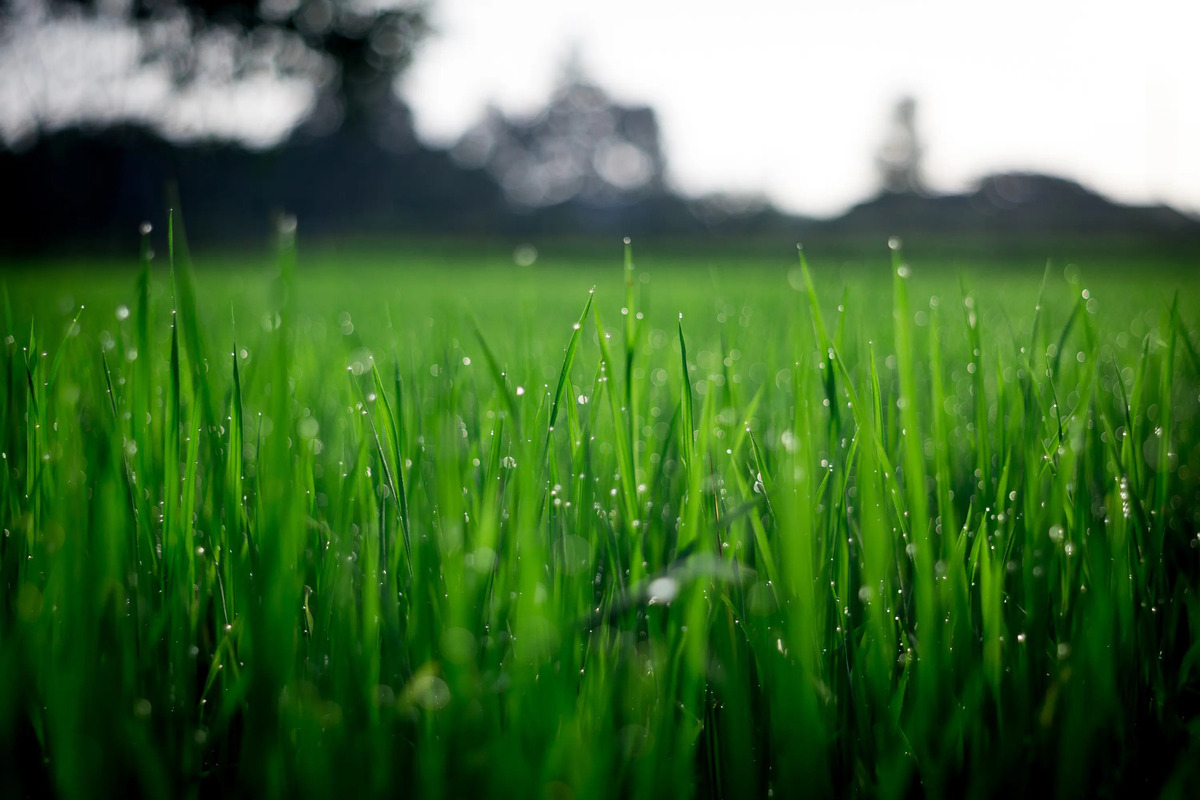
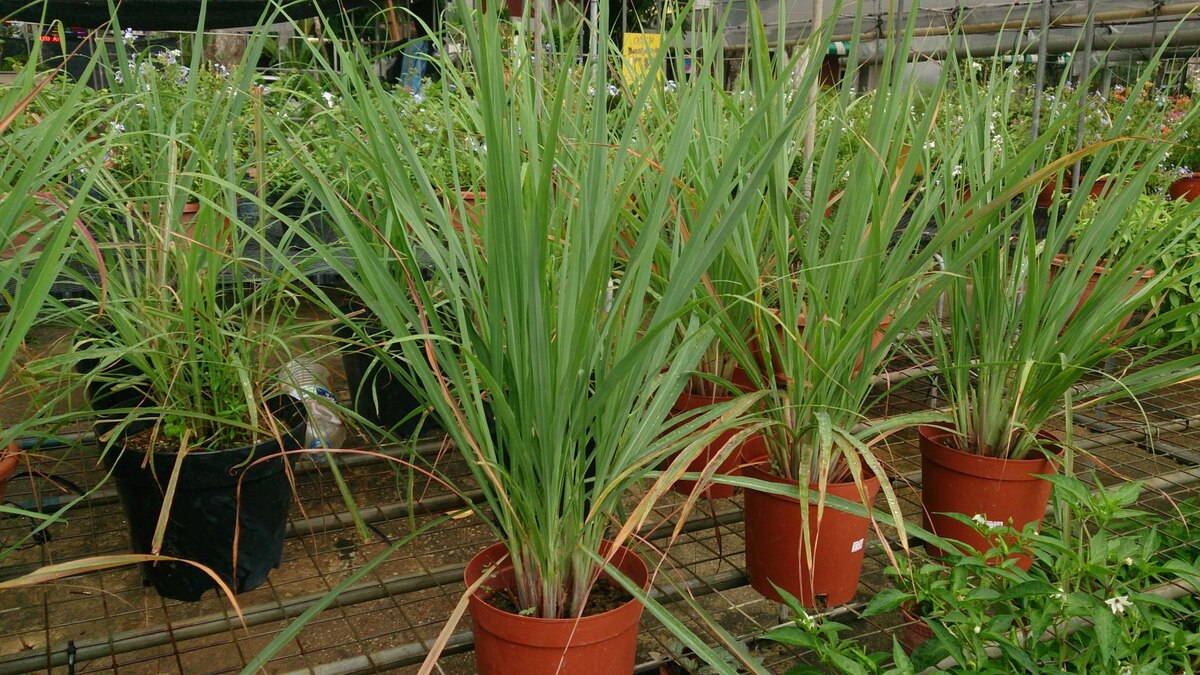
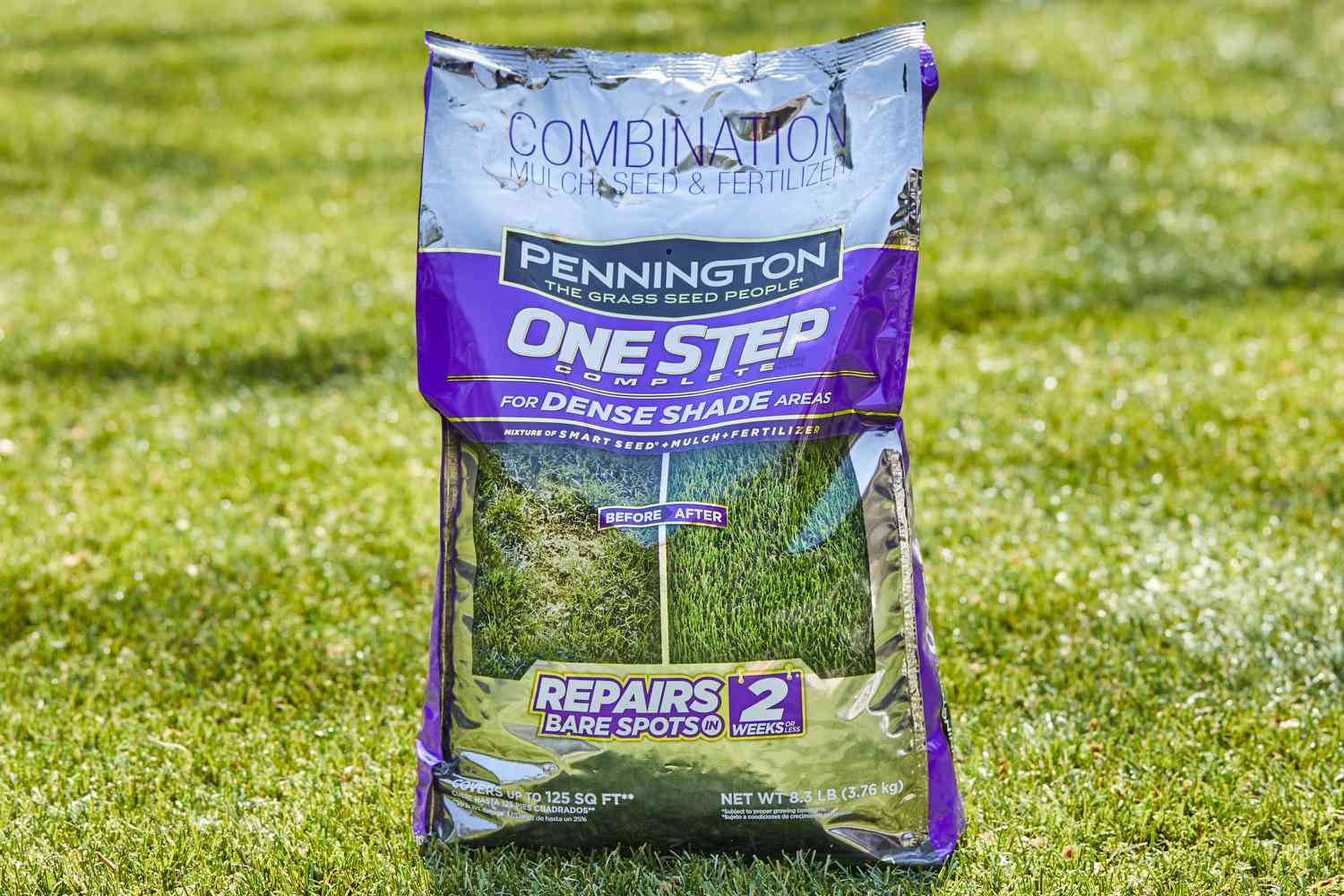

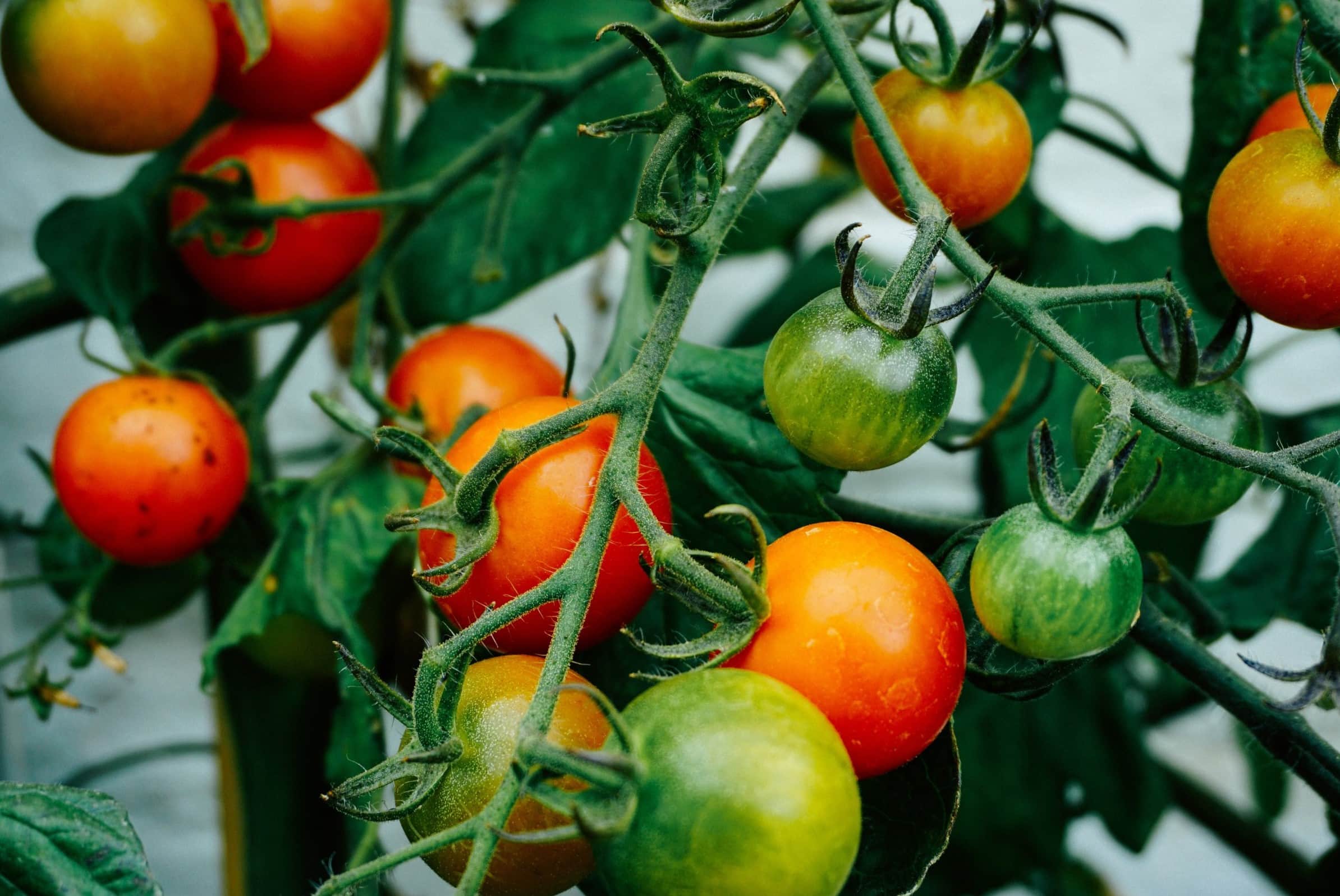
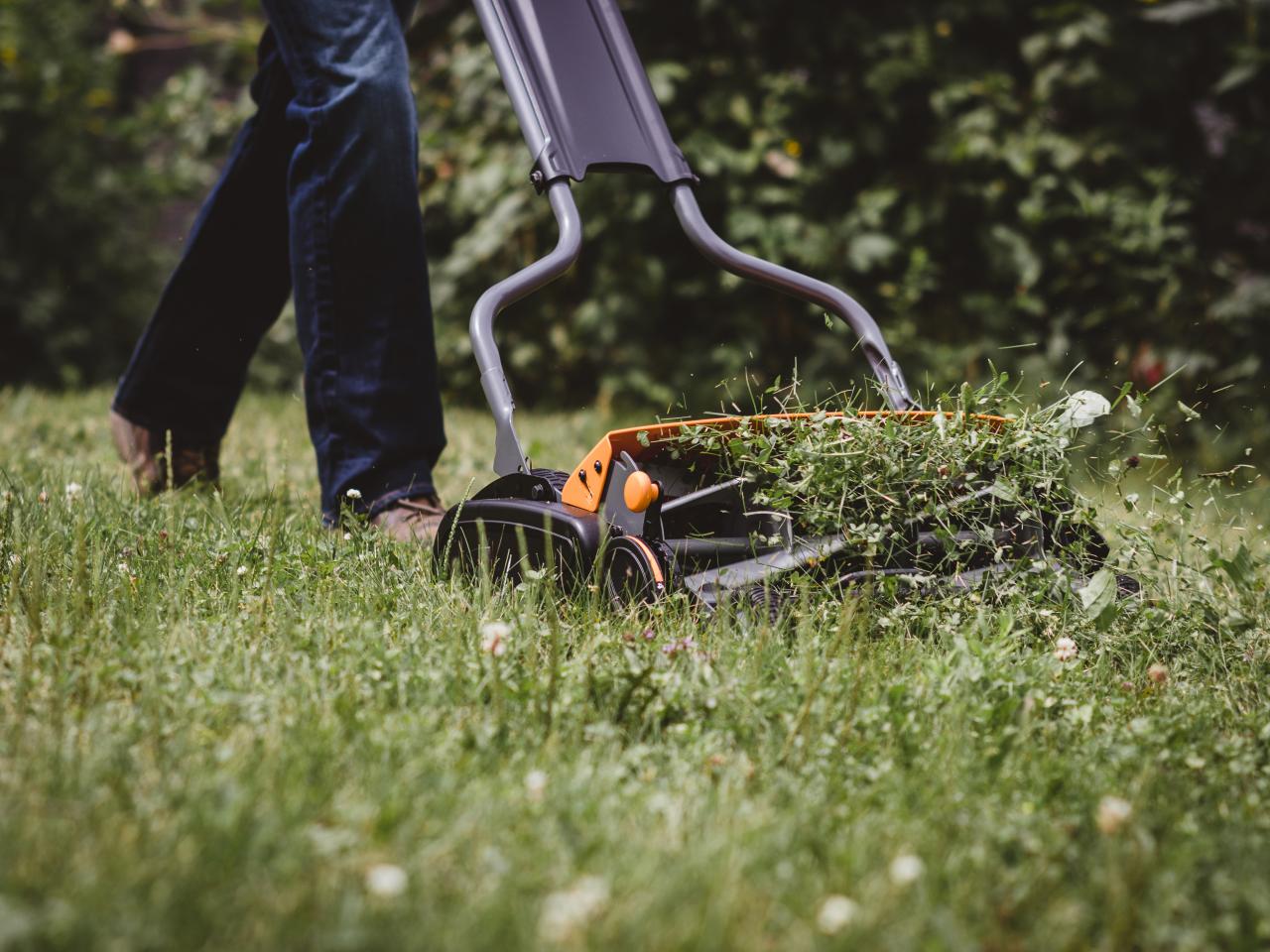
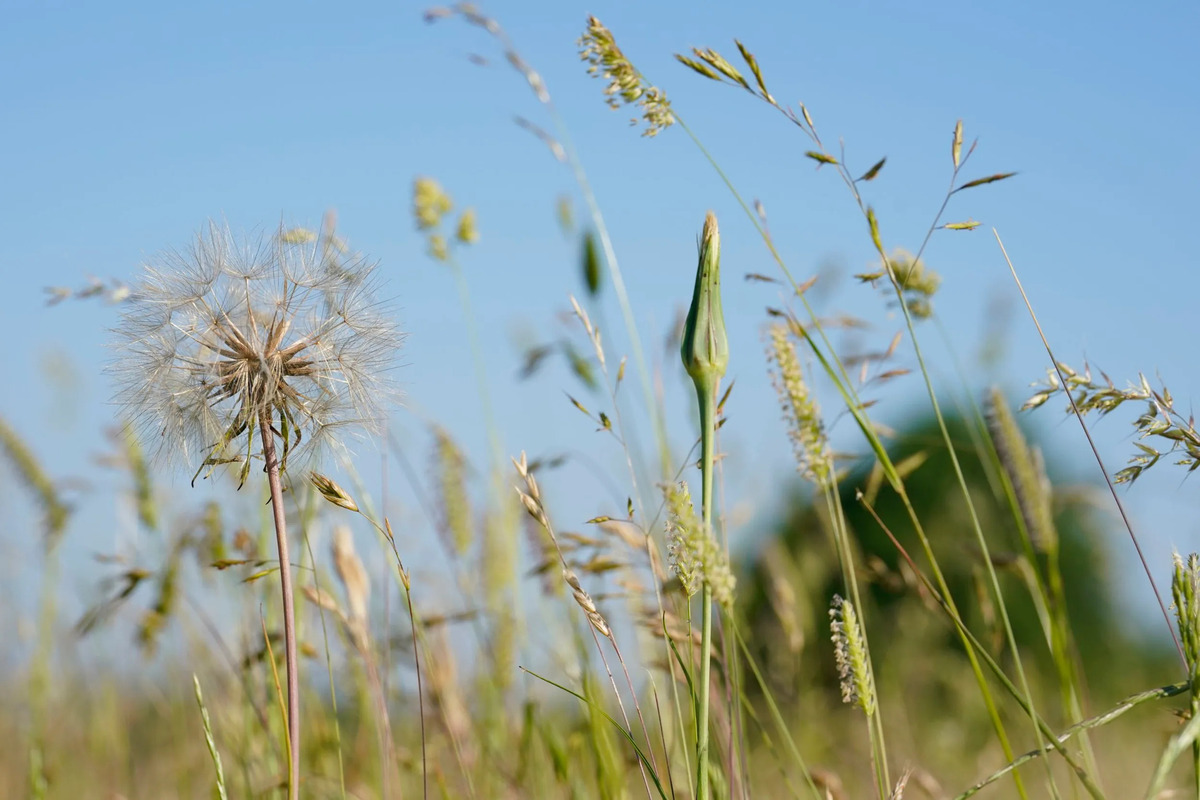





0 thoughts on “What Is Cool-Season Grass Seed”